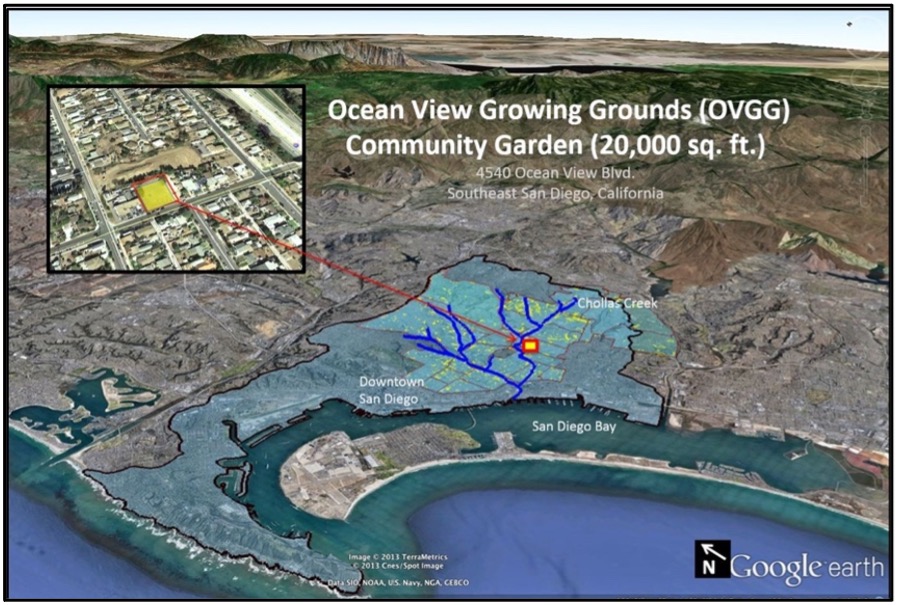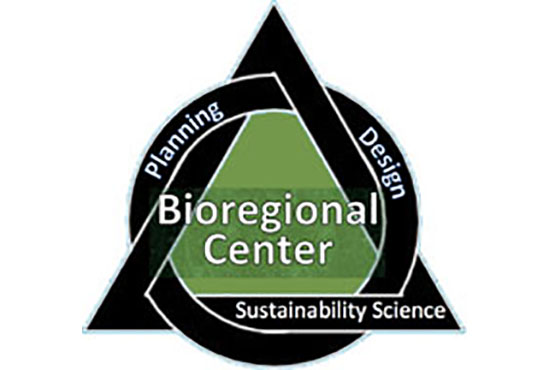Toxicant Monitoring at the Ocean View Growing Grounds
Over the past year The Bioregional Center has made progress in reducing toxicants in a vacant, reclaimed brownfield site in Southeastern San Diego, the Ocean View Growing Grounds (OVGG).
Seven years ago, the Bioregional Center and Global ARC entered into an agreement with a private landowner to convert his vacant lot into a community garden, food forest and neighborhood meeting place. Progress has been steady year after year.
In fact, this past year the Community Engagement Core (CEC) of UCSD’s Superfund Research Center (SRC), in conjunction with the SRC’s Research Translation Core, reached a milestone. A diverse team collected longitudinal testing data and co-authored a 2020 journal article about toxicants in the OVGG community garden. Showcasing the improved knowledge and understanding of threats within the vital, green parts of our bioregion.
The co-authors included members of the Schroeder Lab, the CEC, the Bioregional Center, and two of our community partners (from the Global ARC). OVGG is a site where we have been monitoring toxicant accumulation in soil and edible plants grown in urban community gardens and food forests for four years. Dr Julian Schroeder recently described this effort during a presentation hosted by the NIEHS (2020 Science Lecture Seminar). In one community garden where the CEC has been active for seven years, Schroeder and his lab colleagues found high levels of arsenic in leafy green vegetables. Afterward, upon sharing the data with the community, clean soil and constructed raised beds were put in place. The Schroeder team found that in subsequent crops, heavy metal levels in the edible portions of similar plants, same location, declined.

